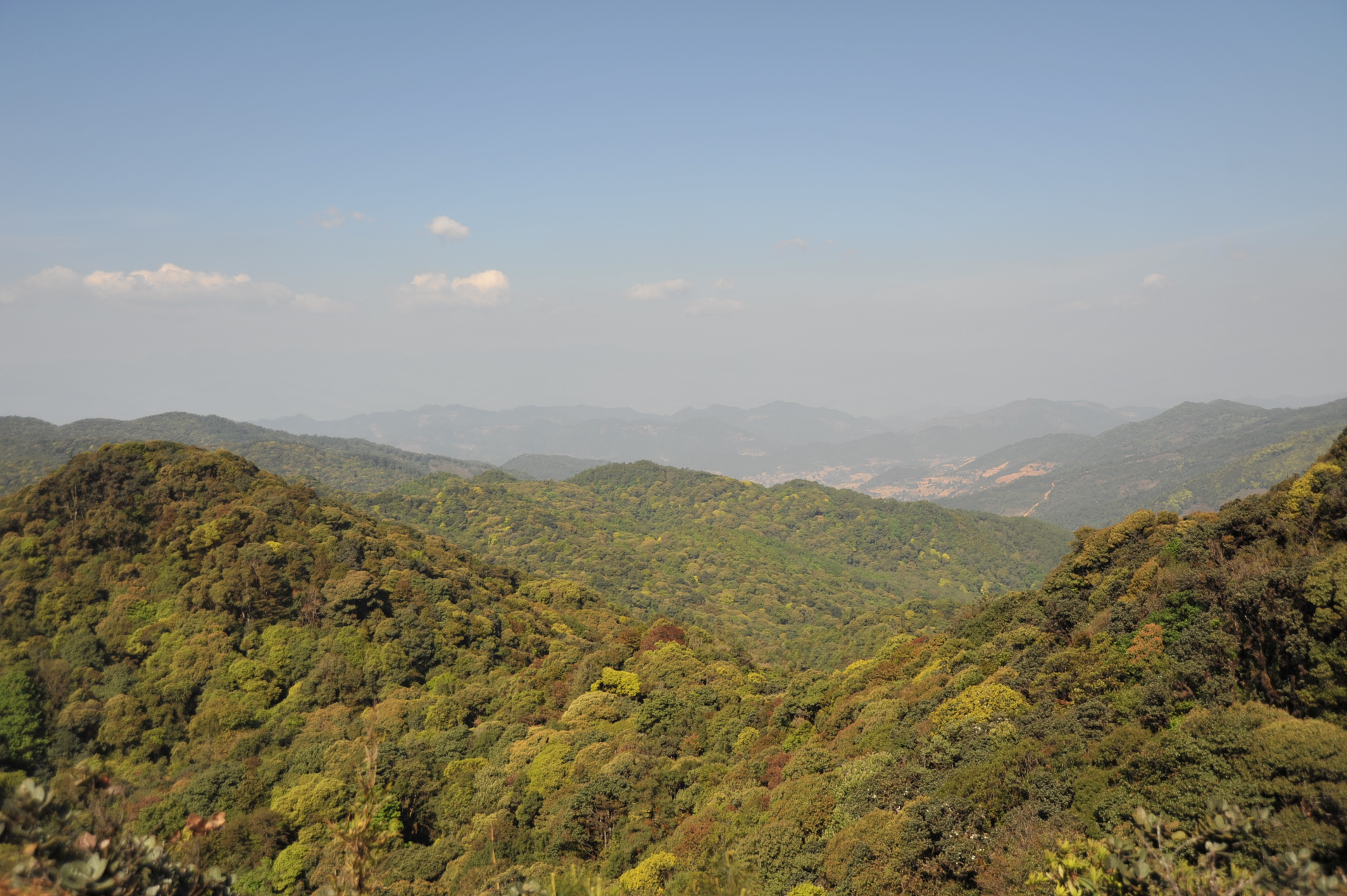
Climate change and biodiversity loss are important and interconnected environmental challenges currently facing the world and species living in transitional areas often display adaptive responses to climate change, making such areas crucial for long-term biodiversity conservation. Therefore, it is essential to identify both transitional areas and biodiversity hotspots using multifaceted diversity measures to determine areas of overlap needing special conservation attention.
The cinnamon family Lauraceae are important and diverse components of Chinese evergreen broad-leaved forests (EBLF), making this family ideal for studying the relationships between regions of high species diversity and transitional areas in order to identify multifaceted priority-based regions for protection.Accordingly, in a study published in Ecological Indicators, researchers from Xishuangbanna Tropical Botanical Garden (XTBG) integrated geographical distribution, phylogenetic information, and functional diversity data to create a systematic overview of Chinese Lauraceae.
The researchers firstly mapped and then identified spatial patterns for species richness (SR), phylogenetic diversity (PD), and functional diversity (FD). Using these parameters, they then defined areas of neo- and paleo-endemism for Chinese Lauraceae and identified priority areas for conservation. These multidimensional diversity patterns showed that for Chinese Lauraceae spatial patterns of species, evolutionary, and functional levels vary considerably among assemblages. Areas of paleo-endemism were identified in the border region of Yunnan and Guangxi, whereas neo-endemic regions occurred mainly along the Yarlung Zangbo River and the Himalayas in southern Tibet.
Furthermore, diversity hotspots were found to overlap with evergreen broad-leaved forests transition zones, emphasizing the importance of transition zones for protection in areas with diverse vegetation types.
“Thus, in order to increase conservation effectiveness under a changing climate, multi-dimensional assessments of diversity are desirable to enhance the resolution of species patterns and provide better insights into both diversity and phylogenetically based conservation efforts,” said LI Jie of XTBG.
Contact
LI Jie Ph.D Principal Investigator
Plant Phylogenetics & Conservation Group, Center for Integrative Conservation, Xishuangbanna Tropical Botanical Garden, Chinese Academy of Sciences, Menglun, Mengla, Yunnan 666303, China
E-mail: jieli@xtbg.ac.cn

| Menglun, Mengla, Yunnan 666303, China. Copyright XTBG 2005-2011 Powered by XTBG Information Center |